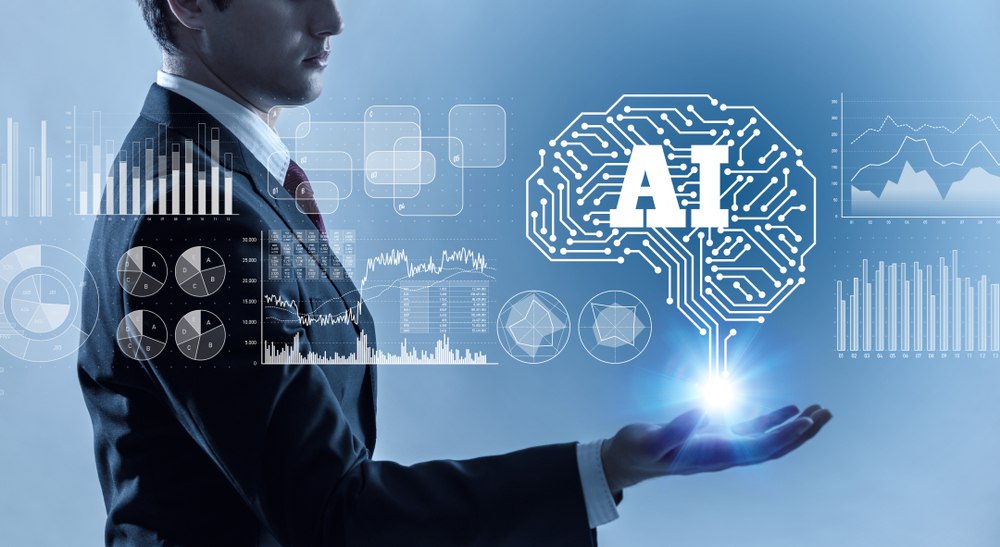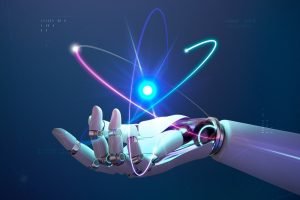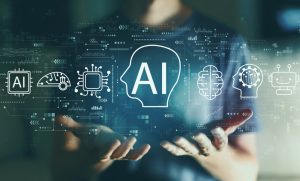Understanding the Impact of AI on Business & Society in 2022

AI Boom and Adoption
In 2022, the use of Artificial Intelligence (AI) saw a significant increase, with new tools popping up in various industries. According to a recent survey by Statista, all age groups have embraced AI, with Generation Z leading the way at almost 30%, Generation X at 28%, and Millennials at 27%.
The widespread adoption of AI has significantly impacted various industries, and analysts expect it to continue to shape how we live and work in the years to come. According to the report, the AI market saw staggering growth in 2022, with the market cap increasing from under $150 billion to over $1.4 trillion in under 12 months.
OpenAI’s advancements and innovations were significant contributors to this growth. Additionally, IBM reported that over 30% of businesses had deployed AI in their work processes, and over 60% were actively exploring or installing AI solutions.
This rapid growth in the AI market highlights AI’s increasing importance and acceptance in various industries and its potential to drive economic growth. IBM also reported that implementing AI improved overall efficiency in firms, with AI automation taking off by over 30% and increasing the cost savings rate by over 50%.
These numbers demonstrate the potential of AI to streamline operations, reduce costs, and increase revenue for businesses. However, it’s also worth noting that these figures are likely to be conservative, as many companies are yet to fully realize the benefits of AI and its ability to improve business processes.
As AI becomes more integrated into various industries, it’s expected to impact how businesses operate and drive economic growth significantly.
AI and Human Bias
For Scientists to ensure that AI is fair and just for all individuals, it’s important to address potential biases during the development and deployment of AI systems. These steps include reviewing and cleaning the data used to train the AI models and implementing bias detection and mitigation techniques during the model development process.
Additionally, it’s important to have a diverse team of developers, including those from underrepresented groups, to ensure that a wide range of perspectives is considered during the development process.
Furthermore, regular monitoring and testing of AI systems for bias should be conducted once the AI is deployed. Finally, it’s essential to remember that AI is not immune to human biases, and it’s crucial to take necessary steps to minimize them to ensure that AI is fair and just for all individuals.
AI for All
Maximizing AI’s benefits for society’s good requires a comprehensive approach to addressing technical and societal issues. On the technical side, it’s essential to focus on developing AI models that are robust, accurate, and explainable.
This technical side includes using large and diverse datasets, implementing techniques to detect and mitigate bias, and developing models explaining their decision-making processes. Additionally, it’s important to ensure that AI systems are secure and can be audited to prevent misuse or abuse.
On the societal side, it’s essential to consider the potential impact of AI on different groups of people and ensure that AI’s benefits are distributed equitably. This action includes involving a diverse set of shareholders in the development and deployment of AI, such as representatives from government, academia, industry, and civil society.
It’s also important to conduct impact assessments to identify AI’s potential unintended consequences and take steps to mitigate them.




